Home » Posts tagged 'South Louisiana'
Tag Archives: South Louisiana
How to Cook Authentic South Louisiana Rice

New Orleans, my birthplace, and all South Louisiana are justly known for unique and exquisite cuisine. It includes French Creole and Cajun styles that have gained widespread popularity. Cooking is serious business among Louisiana families, and we relish fine dining with each course accompanied by wine pairings. While all three daily meals have special dishes, dinner is most important and often formal with nice linens and tableware. In my family, everyone had to be seated at the table before we began dinner, of course initiated by saying grace. We had to ask to be excused from the table before leaving at dinner’s end.
My mother was the primary chef, although we all made contributions depending on the menu. My sister and I learned cooking from Mother, who was quite accomplished in regional cuisine. My father and brother specialized in grilling and broiling meat and game, which they hunted. Everyone cooked fish and crustaceans, frequently used in our cuisine. Naturally we made all the famous Creole and Cajun dishes: gumbo, étouffée, Creole sauces, grits, rice, and numerous vegetables almost always cooked with ham or bacon. But my family rarely had desserts. My mother never included them, perhaps because she hadn’t learned to bake or wished to avoid additional calories.
According to South Louisiana people, there is a particular way to cook rice. It should be light and fluffy, each grain standing apart from its fellows. If rice was sticky or clumpy, the cook had failed. Rice was an accompaniment to gravy, gumbo, red beans, Creole sauces and étouffée, and the foundation for jambalaya and dirty rice (made with diced giblets). Rice as a base for stir-fried vegetables or pilaf was not part of my family’s meals, although these were not unknown locally. There are variations on “perfectly cooked rice” but I’ll give my mother’s version first.

Steamed Rice According to Dorothy Martin
Bring a pot full of water to a boil. Add 1-2 tsp salt depending on how many servings of rice. Rinse 1-2 cups long grain white rice under running water until it drains clear. Add to boiling water and cook 15 minutes. Drain rice in colander, then place colander over new pot of boiling water. Cover colander and steam another 5-10 minutes until rice is fluffy and each grain is separate. Now you have perfect rice.
That may seem like a lot of effort for rice, which many people just put into a pot in 1-to-2 ratio with salted water, bring to a boil, lower heat, cover and cook 20 minutes. But I guarantee you, the results will be different. Some Louisiana cooks use variations of Mother’s approach, boiling rinsed rice in the pot until the water is absorbed, then turning off the heat, covering pot and steaming until rice is done. Proportions are 1 cup rice to 1 1/3 cups water.
In the interests of “full disclosure,” I admit to using the easier boil in a pot method now. But I do miss the special texture of my mother’s steamed rice.
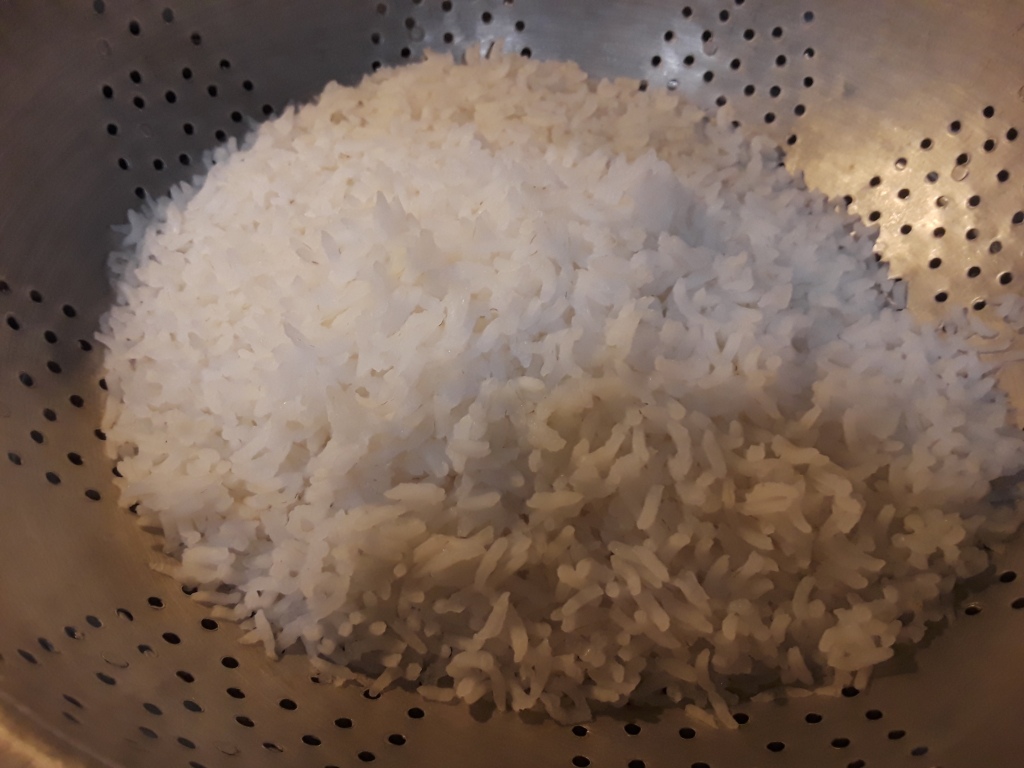
What to Serve With Rice
Everything from roast beef and gravy, duck or seafood gumbo, red beans with Andouille sausage, and shrimp or crawfish Creole goes well with your perfect rice. Today I’m featuring shrimp étouffée to serve over rice. Crawfish étouffée is the classic dish, but getting crawfish is not easy outside of Louisiana. The dish has a curious history. Originally it was known as crawfish courtbouillon, a rich stew of seasoned “Holy Trinity” vegetables—onions, bell pepper, and celery. Crawfish tails and fat were added after the stew thickened. In late 1940s, the owner of a Lafayette restaurant was preparing the dish at home, while a frequent customer watched. In French the customer asked what was being prepared, and was told “smothered” crawfish—étouffée is French for smothered. Later at the restaurant the customer came with friends and ordered “crawfish étouffée” coining the name by which this dish is now known.
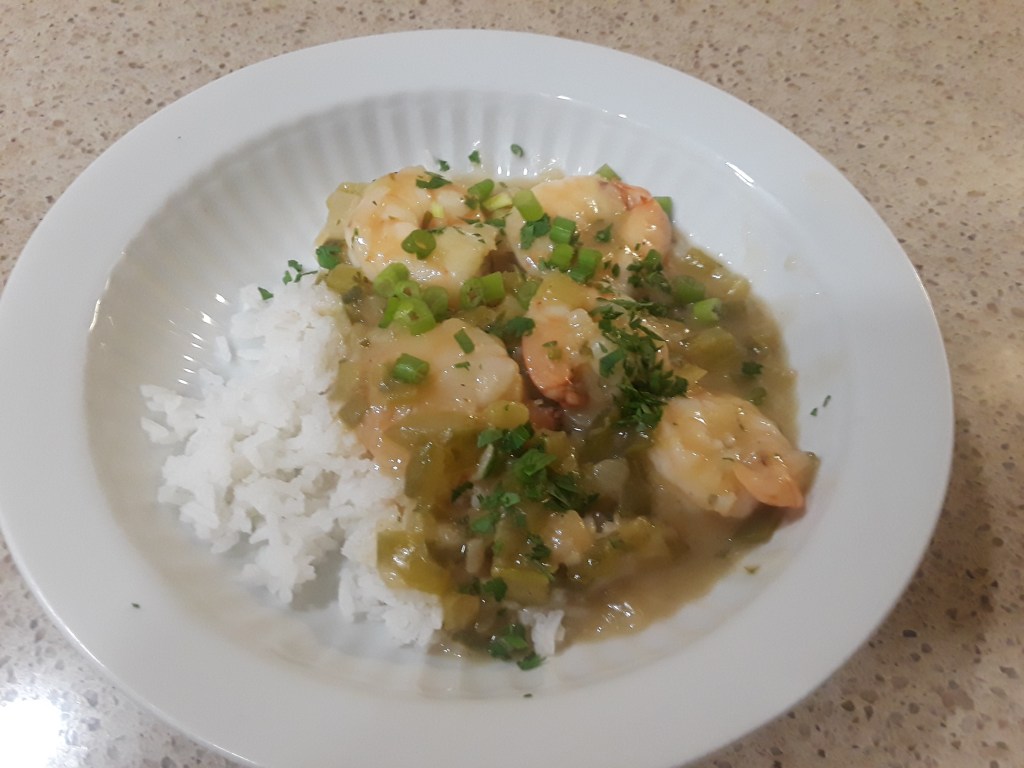
Shrimp Étouffée
Modified from Talk About Good!
1 lb. raw peeled, deveined shrimp
¼ lb. butter (or mix ½ butter – ½ vegetable oil)
3-4 tbsp. flour
1 cup each chopped onions, celery, and green bell peppers
Salt, pepper, chopped parsley, chopped green onion tops
Melt butter/oil in deep skillet, add onions, celery, and bell peppers. Sauté until softened, sprinkle flour over and mix well, cook to form light colored roux (gumbo or gravy base). Add salt, pepper, and parsley to taste. Add 1 cup water, stir well, cover and simmer ½ to ¾ hour (add more water if needed). Add shrimp and cook 4-5 minutes, until shrimp turn pink. Add more water if necessary, correct seasonings. Garnish with more chopped parsley and green onion tops. Serve over perfect rice.
If you add chopped tomatoes or tomato sauce to this recipe, you turn it into Shrimp Creole. That is also delicious, just a different flavor. These recipes and many more authentic Louisiana dishes are in my go-to cookbook, Talk About Good! Le Livre de la Cuisine de Lafayette. (Junior League of Lafayette, LA, 1969). I wore out my original cookbook after 50+ years of use. Fortunately, it’s in the 33rd printing, available on Amazon. I got a new copy two years ago. Maybe next time I’ll tell how to make roux. Bon appetite!

Are We Cajuns? My South Louisiana Family’s Acadian Saga
A Story of Origins by Leonide (Lennie) Martin

Growing up along the Mississippi River just above New Orleans, I was surrounded by French culture and language. My grandparents and many family members spoke French, but sadly, I didn’t learn it. There was a campaign to “Americanize” us and English was the language of business and success. Not all French people were alike, and I was aware of status based on education and prosperity. Cajuns were at the low end when I was growing up. My family was toward the higher end. This origins story is about how I was able to answer the Cajun question.
I have French heritage on both sides, but more in my paternal lineage involving the Martin and Vial families of St. Charles and St. John the Baptist Parishes. These families are intertwined with “double marriages” (brother-sister pairs from both families) and cousin marriages that often needed priest’s dispensation. Over generations they were local leaders in education, business, and politics. Their ancestors had arrived in New Orleans and upriver parishes in the mid-1700s from France, St. Domingue (now Haiti), and Acadia (now Nova Scotia, Canada). The Martin-Vial family has lived for seven generations in New Orleans and the Acadian Coast, as the region is called. Entering the 20th century they were professionals, merchants, and large-scale sugar planters.
When I was around eight years old, I asked my mother “Do we have any Cajun blood in our family?” Her response struck me, conveying shock and disdain: “Certainly not!” It stayed in my mind over the years. I wondered about her emphasis on not having any Cajun connections, since South Louisiana is full of them and we have so much French in our family. There were many who identified as Cajun among my friends and neighbors. But, I also knew there was a pervasive bias against Cajuns among my family’s social circles.
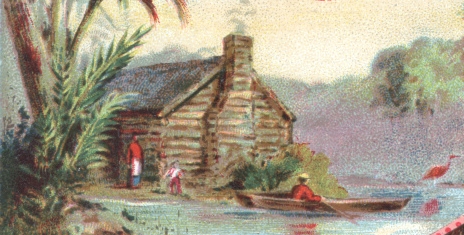
To understand the Cajun issue, it’s necessary to examine their history and cultural evolution. The term Cajun came into use during the early 1900s, a corruption of “Cadien” which is the shortened version of the French spelling Acadien (Acadian). The Acadians were French settlers who came to Nova Scotia in early 1600s, in a region they called Acadia. They created a unique farming culture and prospered for over three generations, reclaiming marshland using a French dike system (aboiteaux) to develop rich soil that made the region a bread basket for Europe. Acadia was also rich in furs and fishing, desirable lands hotly contested among European powers. It changed hands among France, England, and Scotland ten times in just over 100 years. After the final British victory in 1710, the Acadians lived in an uneasy status as French neutrals until their expulsion in 1755. The British wanted to give their rich farmlands to “good English-speaking Protestants” and essentially confiscated properties, shipping over 12,000 Acadians into exile in France and along Atlantic seaboard British colonies, none of which wanted them.
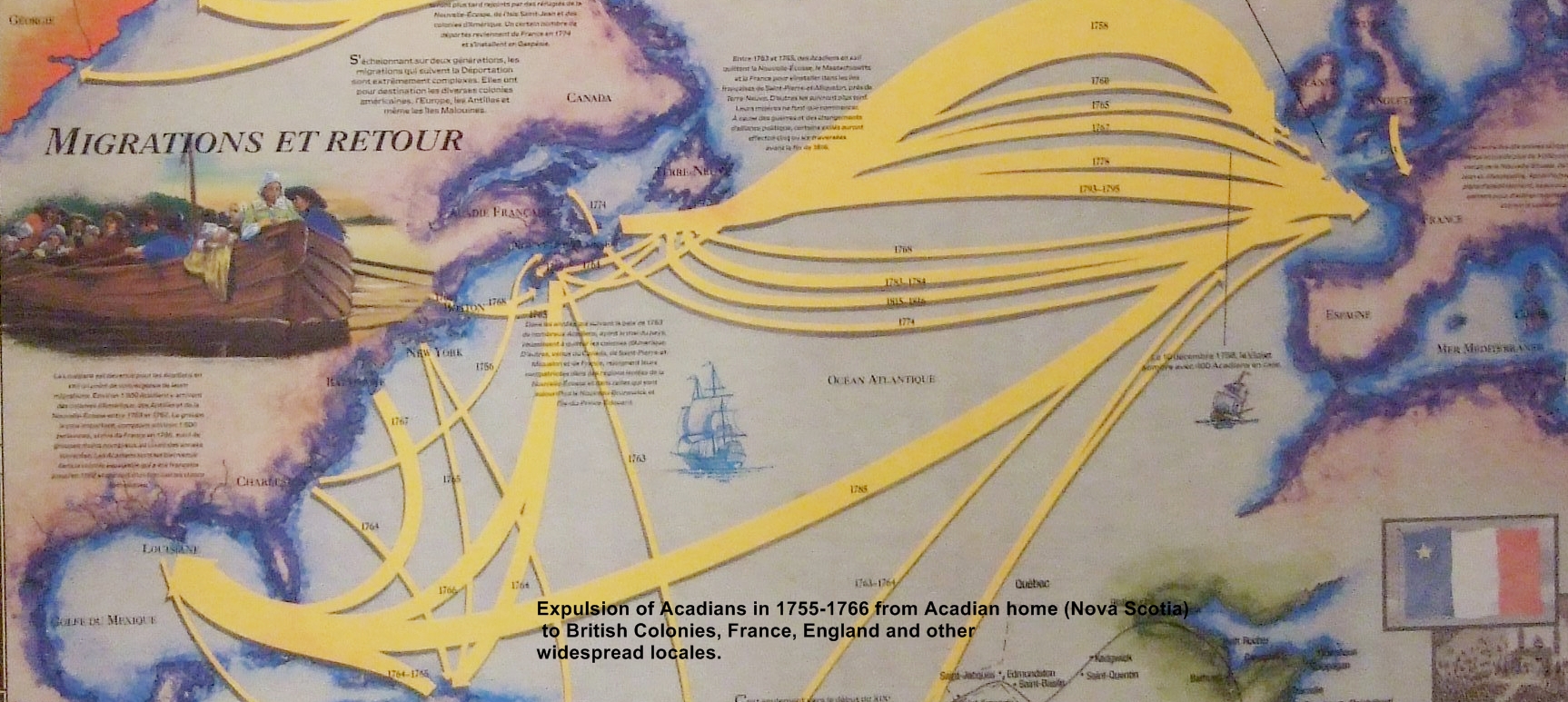
This Acadian diaspora is now considered violation of international law and ethnic cleansing, for which Queen Elizabeth II made amends in 2003. About 4,000 Acadian refugees made their way to South Louisiana, settled along the Acadian Coast and re-established their culture. Gradually they became Cajuns, whose preference for simple living, enjoying life, and tight kinship bonds led to being stereotyped as lazy, fun-loving, and unambitious ignoramuses living in shacks out on the bayou. Two world wars and economic opportunities led to mainstream lifestyles for many, and now Cajun culture is admired and celebrated for its cuisine, music, and festivals.
Over 60 years after I questioned my mother, I was drawn back to examine our Cajun connections. My oldest daughter Kathi Bonnabel had become the family historian and said we had Acadian ancestors. She invited me on an ancestor quest to Nova Scotia and New Brunswick, home to large groups of Acadians. Some family surnames such as Bourgeois, Leblanc, Bujol, and LaTour were common there. We made a pilgrimage to places they lived including Grand Pré and Beaubassin, and took part in celebrating National Acadian Day in Bouctouche.


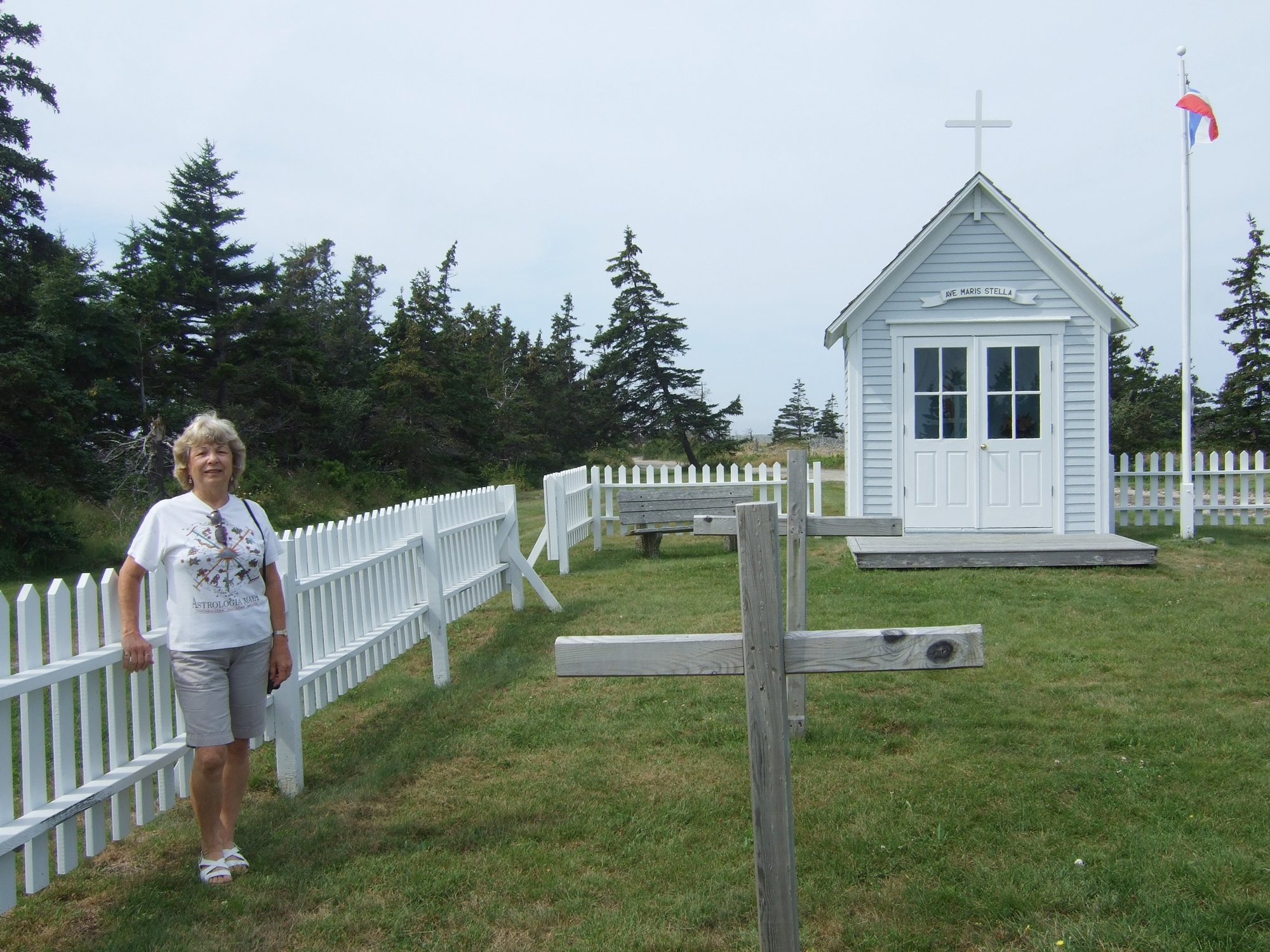
After this, I was hooked on genealogy. I decided to research the Vial family, which had several Acadian ancestors. My maternal grandmother was Leonide Mary Vial, she married J.B. Martin. Drawing heavily on my second cousin Wayne Vial’s extensive Geneanet tree, I traced backward from my grandmother for 11 generations, mostly through maternal lines, to Charles Amador de St. Étienne de LaTour. This distinguished ancestor was a French founder and Governor of Acadia in the early 1600s. His first wife was a native First Nations Mi’kmaq called Marguerite Membertou, daughter of Sagamore (Chief) Anli-Maopeltoog Membertou (Catholic name Henri). From them our Acadian line descended; four generations in Acadia, the last generation was expelled by the British. My ancestors were exiled to the Maryland colony, where they suffered hardships but did better than most, able to depart after 10 years and come to New Orleans. This family settled in Donaldsonville, in Ascención Parish.
Tracing our Acadian roots took nearly 10 years; Kathi and I worked together with help from cousins Corinne Martin and Wayne. Acadians reused given names frequently, finding maiden names was difficult, even surnames overlapped as we discovered two separate branches of Bourgeois, one Acadian and one directly from France. Once in Louisiana, the Acadians married into Spanish and French Creole families. “Creole” was a term used to describe someone whose family was European but they were born in the New World. Eligible daughters to marry military and government men where suitable women were scarce, and upward social mobility were driving forces for this. Marguerite Bujol was the last purely Acadian ancestor; she married Juan Francisco Vicente Chevalier Vives, a Spanish military commander, in 1780. The next five generations continued marrying Creole families and there was no further infusion of Acadian blood.
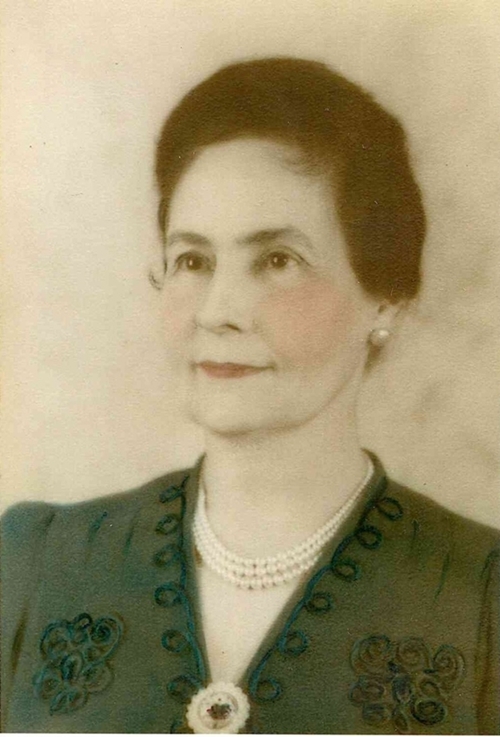
By my grandmother’s generation, the proportion of Acadian genes was reduced to 3.125%. Culturally the Vial-Martin family was completely Creole and had forgotten our Acadian roots. Even the Creole concept was faint and we were Americanized, with a French twist. My father was 1.56% Acadian and I’m a mere 0.78%. While we can say that we have Acadian heritage, my mother was conceptually if not technically correct—we don’t have Cajun blood, because what remained of it had turned Creole.
But, our Acadian origins remain precious to Kathi and me. Our efforts to trace the family lineage led to publishing a book: Upriver Families: Acadian Roots and Creole Heritage (Made For Success Publishing, Issaquah WA, 2022). The book goes by generations, describing the families, societies, and historic events surrounding each. It also tells the story of how the Vial and Martin branches were separated by a feud during the 1940-50s and got reconnected during our genealogical research. We describe several famous, curious, and notable relatives and their contributions to society. With this exploration of origins and reconnections among families, we are affirming our abiding love for places and people with tangled roots and colorful, complex heritage.

